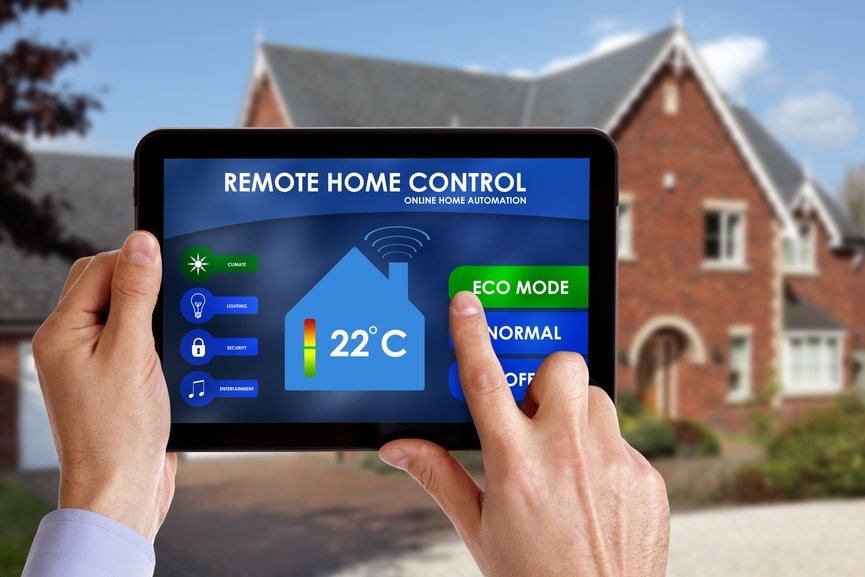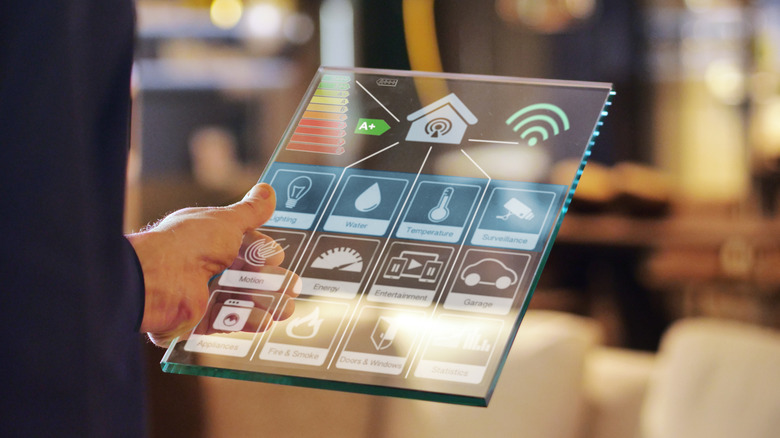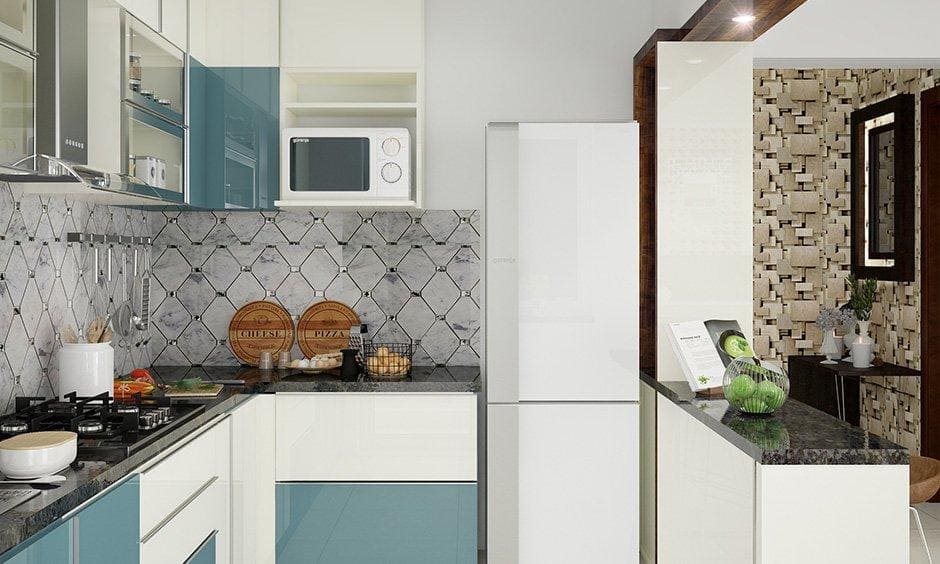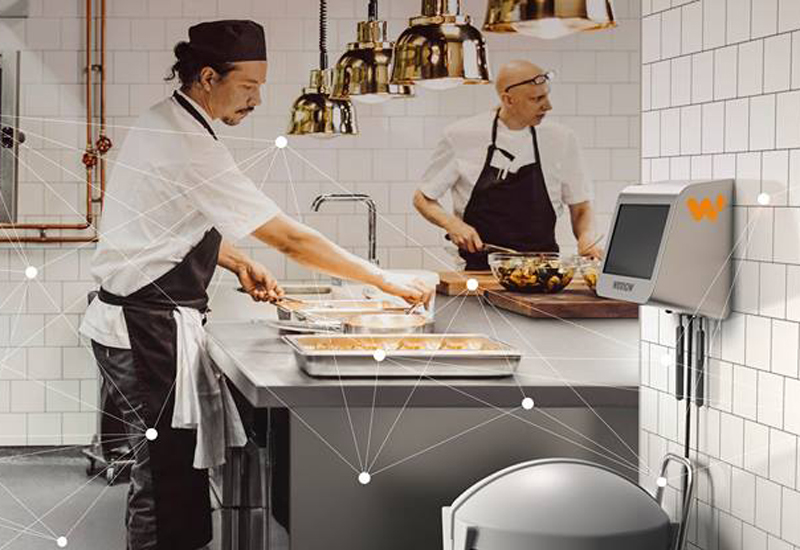The concept of interoperability in home automation is rapidly gaining traction. As smart devices become more prevalent, the need for these devices to communicate seamlessly is becoming increasingly important. This article will explore how interoperability is shaping the future of home automation and why it is essential for a truly connected home.

Understanding Home Automation
Home automation refers to the use of technology to control various household systems, such as lighting, heating, and security. With the advent of smart devices, homeowners can now manage these systems remotely using their smartphones or voice commands. However, the true potential of home automation can only be realized when these devices can interact with each other seamlessly.
The Role of Interoperability
Interoperability in home automation allows different devices and systems to work together, regardless of the manufacturer. This means that a smart thermostat from one brand can communicate with a security camera from another, creating a unified system. Without interoperability, users would be limited to devices from a single brand, which can be both restrictive and costly.
Benefits of Interoperability
There are several benefits to having an interoperable home automation system. First, it offers greater flexibility, allowing homeowners to mix and match devices from different brands. This ensures that they can choose the best devices for their needs without being locked into a single ecosystem. Additionally, interoperability can lead to cost savings, as users can take advantage of competitive pricing from various manufacturers.
Another significant advantage is the enhanced user experience. When devices communicate effectively, they can work together to automate tasks and improve efficiency. For example, a smart lighting system can work with a security system to automatically turn on lights when motion is detected, enhancing both convenience and security.
Challenges in Achieving Interoperability
Despite its benefits, achieving interoperability in home automation is not without challenges. One of the main obstacles is the lack of standardized communication protocols. With so many different manufacturers and technologies, ensuring compatibility can be difficult. However, industry organizations and alliances are working to establish common standards that will facilitate interoperability.
Industry Initiatives
Several initiatives are underway to promote interoperability in home automation. The Zigbee Alliance, for example, is an organization that creates wireless standards to enable devices from different manufacturers to work together. Similarly, the Thread Group is focused on developing a secure and reliable networking protocol for smart homes.
Case Studies of Successful Interoperability
Many homeowners have already experienced the benefits of interoperability in their automated homes. For instance, a family in California integrated their smart thermostat, lighting system, and security cameras, enabling them to create customized settings that enhanced their comfort and security. Similarly, a tech-savvy homeowner in New York used interoperability to link their automated cleaning systems with their smart speakers, enabling voice-activated cleaning commands.
The Future of Interoperability in Home Automation
The future of interoperability in home automation looks promising. As technology continues to advance, the barriers to achieving seamless communication between devices are gradually being overcome. With the rise of the Internet of Things (IoT), the potential for interconnected devices is endless.
Furthermore, consumer demand for interoperability is driving innovation. As more people adopt smart home technology, manufacturers are being pushed to ensure their devices can interact with others. This trend is expected to continue, leading to even more integrated and efficient home automation systems.
Conclusion
In conclusion, interoperability in home automation is crucial for unlocking the full potential of smart home technology. By allowing devices from different manufacturers to work together, homeowners can enjoy greater flexibility, cost savings, and an enhanced user experience. As the industry continues to evolve, the future of home automation looks bright, with interoperability playing a key role in creating truly connected homes.

FAQs
What is interoperability in home automation?
Interoperability in home automation refers to the ability of different smart devices and systems to communicate and work together, regardless of the manufacturer.
Why is interoperability important?
Interoperability is important because it allows homeowners to mix and match devices from different brands, offering greater flexibility and cost savings while enhancing the user experience.
What are the challenges in achieving interoperability?
The main challenges in achieving interoperability include the lack of standardized communication protocols and ensuring compatibility among a wide range of devices and manufacturers.





